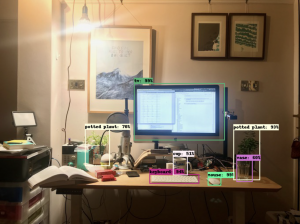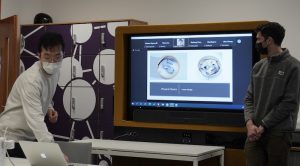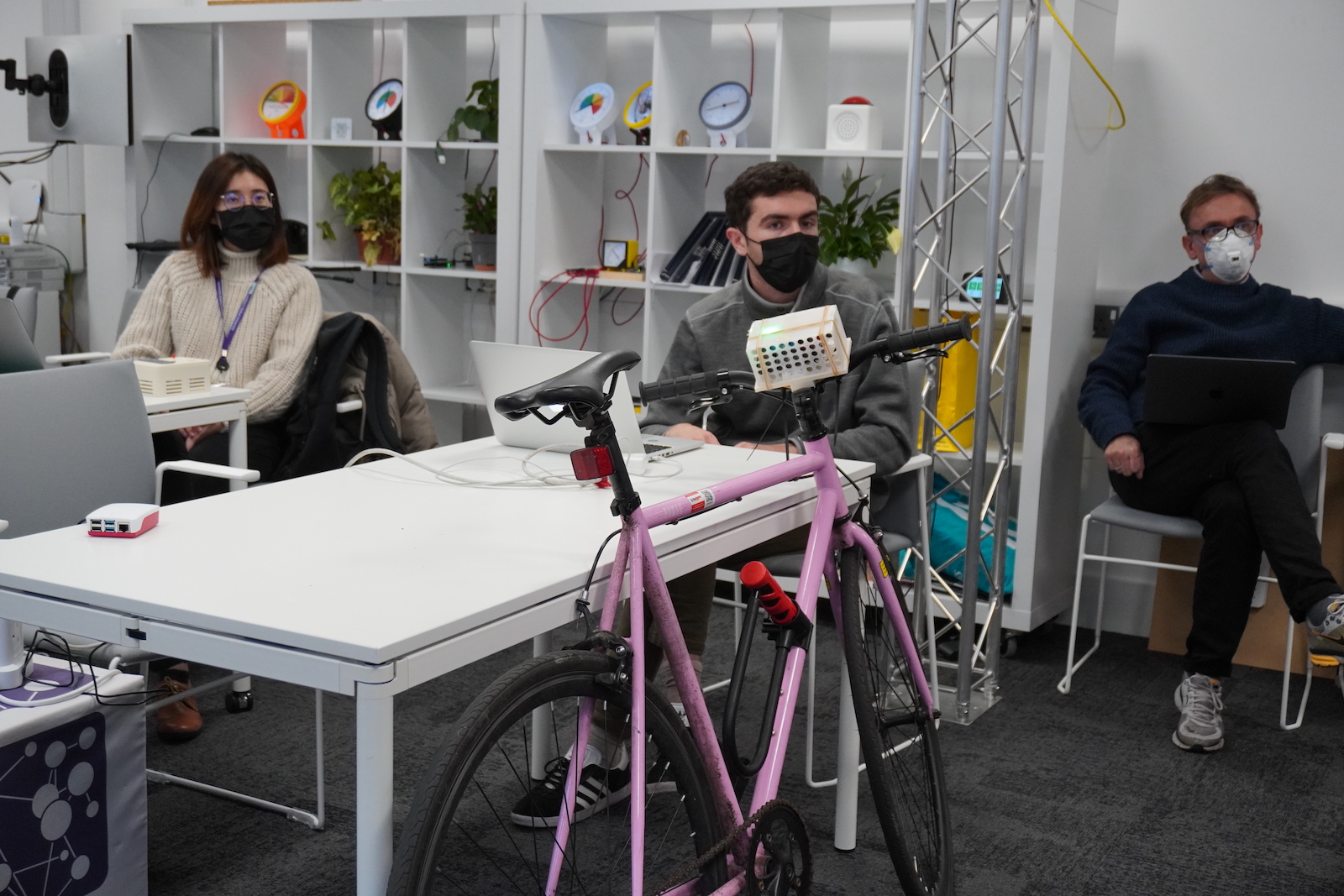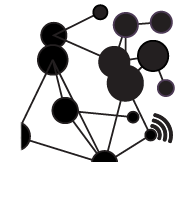August Weinbren reflects on his learning experience in the CE Lab.
Regardless of one’s educational background coming into the Connected Environments course, I am sure that the style of learning will be quite distinctive from your past experience. There are three components that make up the bulk of how my time has been spent during the course: lectures paired with related workshops, independent project-building with advising from the course faculty, and critique sessions to guide the directions of our projects. All three components translate directly into building the best possible projects for each of the course modules, giving us a range of skills that matches the diversity of projects under the Internet of Things umbrella.

The lectures and workshops pair together every morning, from Monday to Thursday, in order to transfer theoretical knowledge attained in the lecture almost immediately. For example, in the Deep Learning for Sensor Networks module, we have recently covered how Convolutional Neural Networks are used in computer vision to increase the detection of edges in an image. Rather than leaving the knowledge as theory, we immediately implemented the knowledge by building a model that differentiates between dogs and cats in uploaded images. In this way, we learn how to apply technical knowledge very quickly, and can thus use it in our independent projects soon after learning it
These independent projects, which are a mix of group and individual works, are devices and applications that are constrained only by either an open-ended prompt or the use of a certain technology. An example of the former took place in the Sensor Data Visualisation course: the only specifications were that we visualise the data using a physical gauge and a digital twin, but the data we chose to visualise and almost all aspects of the digital twin were up to us to decide. On the other hand, the project for the Mobile Applications course is only specified to use the Flutter framework; the app we choose to develop is up to us. Personally, I think this approach is ideal: everyone can challenge themselves and push their own skills, no matter what background they have when starting the course. Faculty are around in the afternoons and on Fridays to assist as needed, whether it be with 3D printing an enclosure for a device, measuring voltages using an oscilloscope, or with any of the variety of programming languages and software tools covered in the course.

Finally, critiques are a time where we share the current status of our projects for feedback from the faculty and our peers. This is incredibly valuable in a few ways. It gives opportunity to hone the skill of pitching our prototypes and works-in-progress. It offers the opportunity to reflect thoughtfully on what we’d like to bring into our own projects through critically viewing the works of our classmates. Lastly, one learns how to incorporate feedback selectively in order to maintain the original project’s vision and decide to pivot if necessary.
All of these aspects combine to make the Connected Environments course an excellent way to learn to rapidly build Internet of Things products and devices. The impetus is very much on the learner to get the most out of their education in this programme, but the diversity of skills one has the opportunity to learn is unique. By learning to develop hardware, software and 3D models, it feels like we are getting a sampling of all the skills needed to push the Internet of Things field forward.


